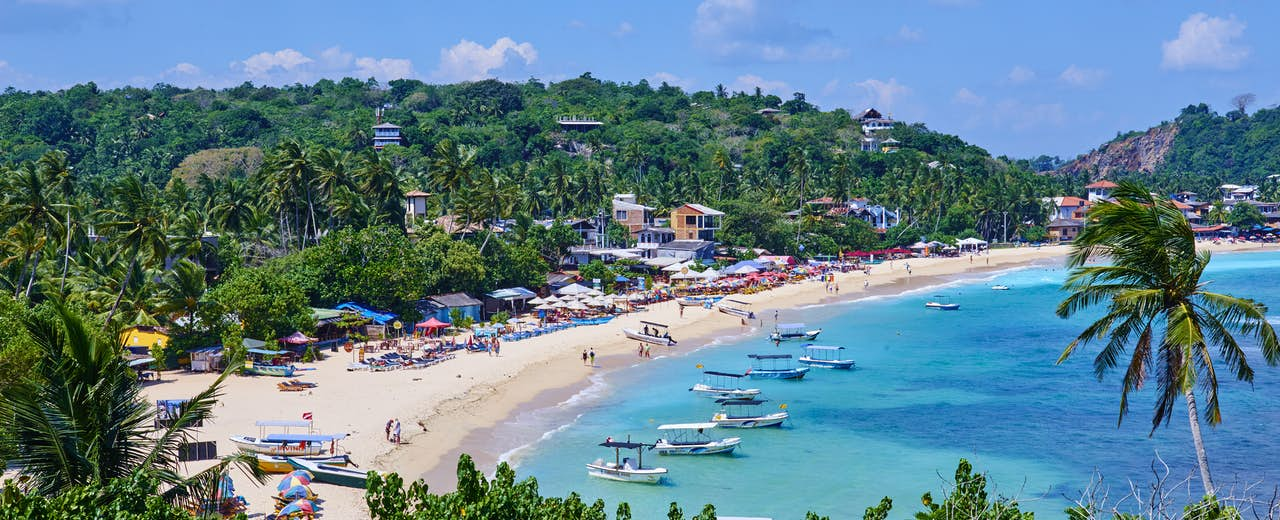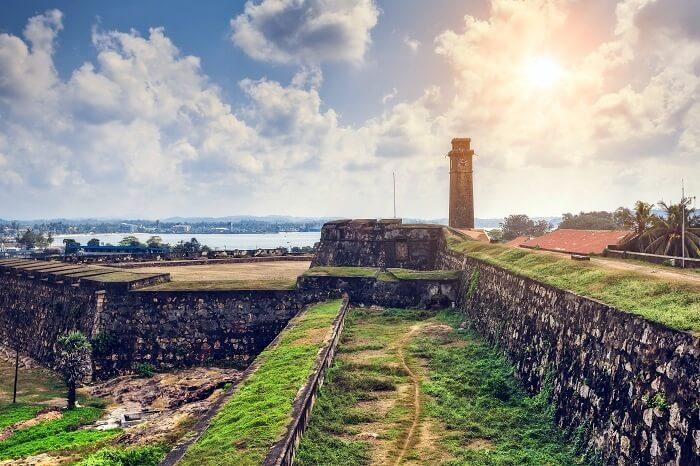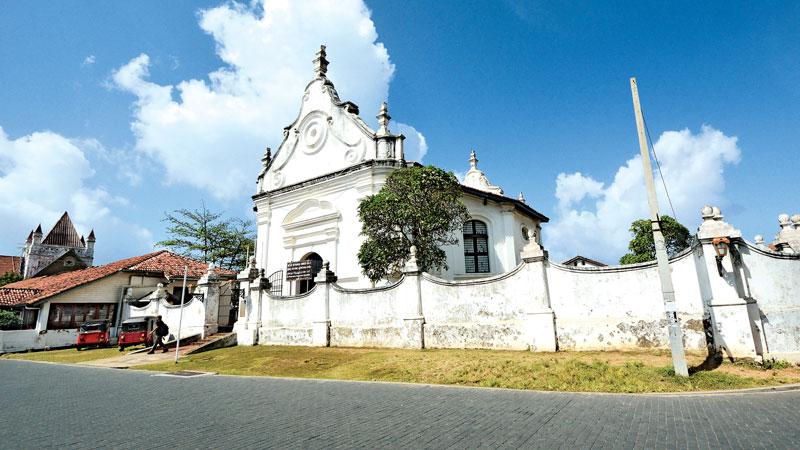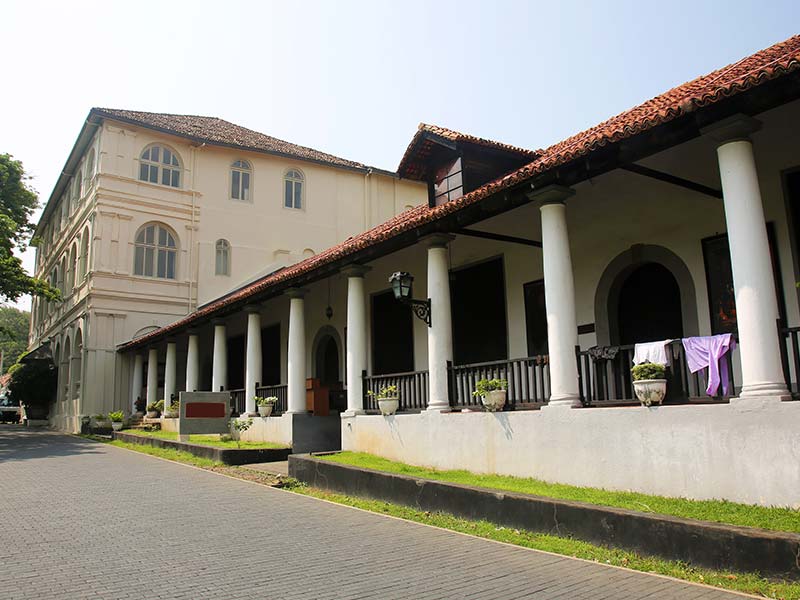Places to visit in Galle

Unawatuna Beach
Golden-sand beach with lots of water activities.

Galle Fort
Galle Fort, in the Bay of Galle on the southwest coast of Sri Lanka, was built first in 1588 by the Portuguese, then extensively fortified by the Dutch during the 17th century from 1649 onwards. It is a historical, archaeological and architectural heritage monument, which even after more than 432 years maintains a polished appearance, due to extensive reconstruction work done by Archaeological Department of Sri Lanka. The fort has a colourful history, and today has a multi-ethnic and multi-religious population. The Sri Lankan government and many Dutch people who still own some of the properties inside the fort are looking at making this one of the modern wonders of the world. The heritage value of the fort has been recognized by the UNESCO and the site has been inscribed as a cultural heritage UNESCO World Heritage Site under criteria iv, for its unique exposition of "an urban ensemble which illustrates the interaction of European architecture and South Asian traditions from the 16th to the 19th centuries." The Galle Fort, also known as the Dutch Fort or the "Ramparts of Galle", withstood the Boxing Day tsunami which damaged part of coastal area Galle town.

Galle Fort - Dutch Reformed Church
The Groote Kerk or Dutch Reformed Church is located within the Galle fort in Galle, Sri Lanka and is situated near the entrance to the fort. The church was built by the Dutch in 1755 and is one of the oldest Protestant churches still in use in the country.

Galle National Museum
The National Museum of Galle is one of the national museums of Sri Lanka. It is located in the oldest remaining Dutch building in the Galle fort, Galle, a single storey colonnaded Dutch building built in 1656 as the commissariat store for the Dutch garrison at the fort. It subsequently served as a billiards room for the adjoining New Oriental Hotel. The building was renovated by the Department of National Museums and opened on 31 March 1986. The museum houses a limited collection of exhibits from the Portuguese, Dutch and British periods. It has three main galleries, the first contains collections relating to the area's cottage industries, primarily turtle shell jewellery manufacturing, Beeralu lace weaving and traditional wooden mask carving. The second contains a collection of Dutch period furniture and weaponry. The final gallery, the 'Sri Lanka China Friendship Gallery', was opened on 10 September 2013. It is dedicated to the historical and archeological evidence of trade relations between China and Sri Lanka, with displays on the Chinese Buddhist monk Faxian and the 14th Century Fleet Admiral Zheng He

